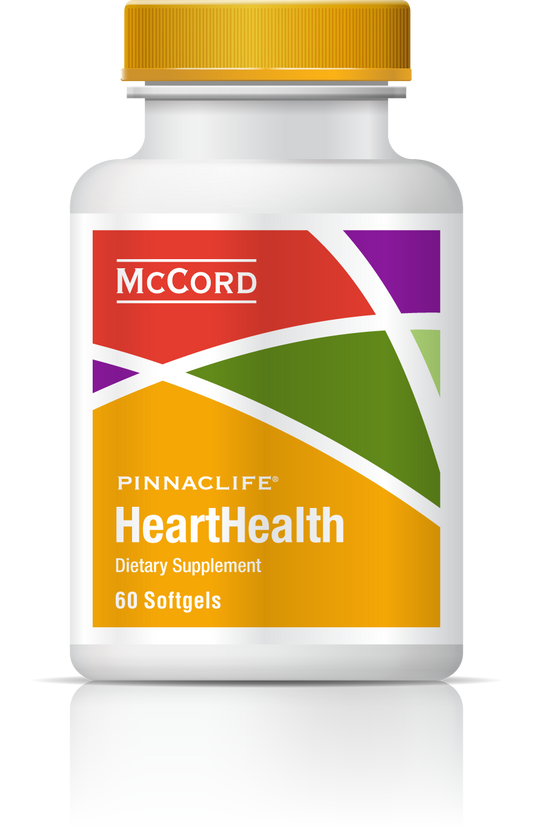We all worry when a wound seems to heal slowly. When wound healing is slow or impaired, the risk of infection and serious medical complications increases. Wound healing is vital for replacement and repair of tissue to its functional state.
Viniferamine® skin and wound care products including Renewal Moisturizer and Silicone Barrier contain vital ingredients that enhance wound healing including phytonutrients, antioxidants, vitamins and amino acids. The normal wound healing process is divided into four overlapping phases of coagulation, inflammation, cell migration-proliferation, and tissue remodeling. This complex process involves the interplay of different cell types including keratinocytes, fibroblasts, and endothelial cells.
Collagen Synthesis
Fibroblast cells are responsible for synthesizing the important structural protein, collagen, which is the most abundant protein found in mammalian tissues that is also critical for wound healing. Various tissues such as cartilage, ligaments and skin contain collagen. The extraordinary protein structure of collagen is composed of a triple helix of amino acids including glycine, proline, and hydroxyproline that form elongated fibrils.
One of the important phytonutrients found in Viniferamine® skin care products is derived from a plant called Centella asiatica (also known as gotu kola) that has been used in wound healing for centuries. TECA (titrated extract of Centella asiatica) is a pharmaceutical grade, perfectly standardized extract of this wonderful healing plant that has the amazing ability to stimulate collagen synthesis and promote wound healing. Evidence also suggests that titrated extracts can produce different effects in response to various phases of wound repair, with significant wound healing activity found in normal as well as delayed healing models, including animal models of diabetes.
Titrated Extract of Centella Asiatica (TECA)
The primary constituent in potent titrated extracts of Centella asiatica (TECA) is the triterpene saponin, asiaticoside, which is mainly responsible for the wound healing properties of the Centella asiatica. Asiaticoside has been reported to promote wound-healing activity by increasing collagen formation and angiogenesis, as well as increasing cellular proliferation at wound sites.
As skin ages it produces less collagen, and the “gaps” in collagen are known as wrinkles. Only the pharmaceutical grade, titrated extract of Centella asiatica (TECA) found in Viniferamine® Renewal Moisturizer and Silicone Barrier have been shown to treat burns, scars, wounds, and reduce of wrinkles. TECA is considered to have “astonishing” curative properties for skin health.
About the author: Nancy Ray, PhD is the Science Officer at McCord Research. Dr. Ray received her PhD in Biochemistry and Biophysics and was a postdoctoral fellow at NIH, Harvard University and Dana-Farber Cancer Institute, and the University of Iowa. She also earned bachelor of science degrees in Chemistry and Microbiology.
References
- J Biol Chem 2002; 277(6): 4223-4231.
- Proc Soc Biol Med 1967; 125(1):279-280.
- Indian J Exp Biol 1996; 34 (12): 1208-1211.
- J Ethnopharmacol 1999; 65 (1): 1-11.
- Phytomedicine 2011; 19 (1): 64-73.
Disclaimer: These statements have not been reviewed by the FDA. The decision to use these products should be discussed with a trusted healthcare provider. The authors and the publisher of this work have made every effort to use sources believed to be reliable to provide information that is accurate and compatible with the standards generally accepted at the time of publication. The authors and the publisher shall not be liable for any special, consequential, or exemplary damages resulting, in whole or in part, from the readers’ use of, or reliance on, the information contained in this article. The publisher has no responsibility for the persistence or accuracy of URLs for external or third party Internet websites referred to in this publication and does not guarantee that any content on such websites is, or will remain, accurate or appropriate.





